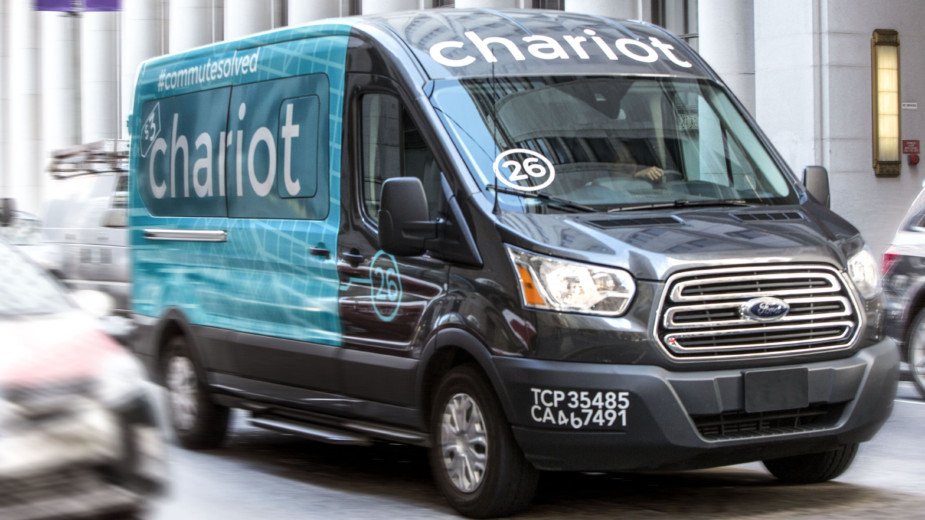Ford Talks Future Tech at Detroit Auto Show
DETROIT – As technology has become increasingly engrained with the auto industry, the North American International Auto Show has become a showcase of the manufacturers’ newest features.
And while revealing new models is still a cornerstone of the annual Detroit car show, Ford opted instead to take a different route and spend most of its allotted time to discuss the company’s technological future.
Three models were announced – a refreshed F-150 and the return of two nameplates in the Ranger midsize pickup and the Bronco SUV – but it was what followed the brief announcements that set the tone for what the century-old company wants to accomplish in the coming years.
“When the first fully autonomous vehicle from Ford arrives in 2021, it will not be for those who buy luxury vehicles. It will be an autonomous vehicle designed to serve millions of customers,” said Raj Nair, Ford’s vice president of product development and chief technical officer.
Within five years, he continued, Ford will offer 13 fully electric vehicles including a Mustang, the Transit supply van, two models of police cars and a yet-to-be-named small SUV with a range of 300 miles. By 2020, the company will have five hybrid SUVs available.
The automaker recently started testing hybrid taxis in New York and launched a pilot program to develop wireless charging for its electric vehicles, Nair added.
Last week, Ford announced it was partnering with Amazon to bring the Alexa voice-operated system to vehicles. Through the partnership, Alexa will allow drivers to use voice controls for directions, music and the creation of shopping lists. Through other internet-connected devices, such as the Echo and Echo Dot, drivers can also start and stop the engine, lock and unlock doors, tap into home lighting and security systems and even monitor things like fuel levels.
In September, Ford bought San Francisco-based startup Chariot, a crowd-sourced shuttle service, and began using the Transit van for all Chariot rides. By the end of the year, Ford helped the startup expand into Austin, Texas, and expects to be in eight more cities by the end of 2017. The $65-million acquisition also led to the creation of Ford’s City Solutions Team, said CEO Mark Fields at the Detroit auto show. The team works with major cities to improve mobility for residents and address issues that arise from ride-sharing and autonomous vehicles.
Improving mobility, added President Bill Ford, is the main goal for Ford going into the future.
“Cars and trucks will remain a cornerstone” of the country, he said, but making technologies like driverless cars and ride-sharing are the next step for the automotive industry.
“This is an issue that goes far beyond congestion,” Ford said. “Commute time, a key part of mobility, is a critical factor in escaping poverty, more than other factors like crime or test scores. …. To me, this has gone far beyond an inconvenience. It’s affecting humanity and society.”
He cited a report finding the largest metropolitan areas in the Untied State have fewer jobs within them than 15 years ago, meaning those in the inner cities have to travel farther to get to their jobs. With the proliferation of technology, that doesn’t necessarily mean having a car, but the means to move from Point A to Point B, whether by bike, car or bus.
What’s good for these communities can also be good for Ford, noted CEO Fields. Projecting profit margins of up to 20%, Fields said the company’s expansion into public transit is a perfect market for automakers.
“New business models on mobility services can offer up a lot of opportunity for reoccurring revenue on, let’s say, the usage of our products, as well as new opportunities for us working with cities,” Fields said in an interview with USA Today. “So we think it could add a whole new element of growth to our business going forward.”
Copyright 2024 The Business Journal, Youngstown, Ohio.



